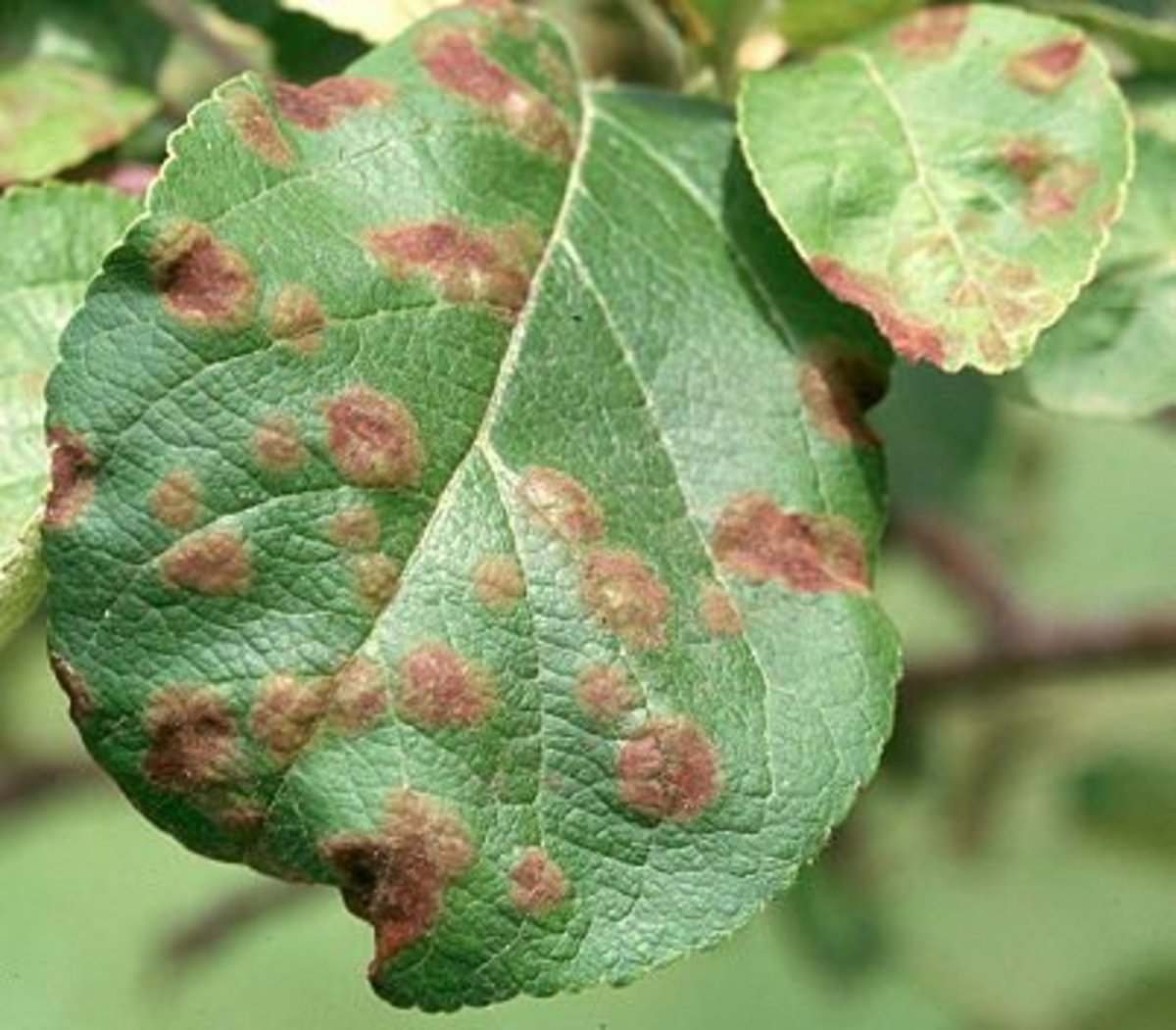Apple Scab

Scientific Name
Venturia inaequalis
Description
Apple Scab is a fungal disease that causes dark, velvety lesions on the leaves, fruit, and sometimes twigs of apple trees. It is recognized by the appearance of olive-green to black spots that can eventually lead to defoliation and fruit drop.
Characteristics
The fungus produces spots that enlarge and merge, causing leaves to distort and drop prematurely. This disease significantly reduces fruit quality by affecting both the appearance and nutritional value of the fruit.
Control Methods
- Organic sprays: Apply organic fungicides such as sulfur or copper-based products during early infection periods. Neem oil and horticultural oils can also help manage the spread of apple scab when used according to recommended guidelines.
- Cultural practices: Practice proper pruning and spacing to increase air circulation, and use mulch to minimize soil splash that transfers spores onto foliage. Crop rotation can also help reduce disease pressure.
- Preventive methods: Implement strict sanitation practices by removing fallen leaves and mummified fruit to lower the source of fungal spores. Choose resistant apple varieties and ensure proper fertilization and watering to reduce plant stress.
- Biological controls: Introduce microbial antagonists such as Bacillus subtilis that can inhibit fungal growth, and encourage beneficial fungi that compete with Venturia inaequalis.
- Mechanical physical: Remove and destroy infected plant material to reduce inoculum levels. Physical barriers, like row covers during wet periods, can help prevent spore dispersal.
Natural Enemies
- Beneficial Microbes
- Competitive Fungi